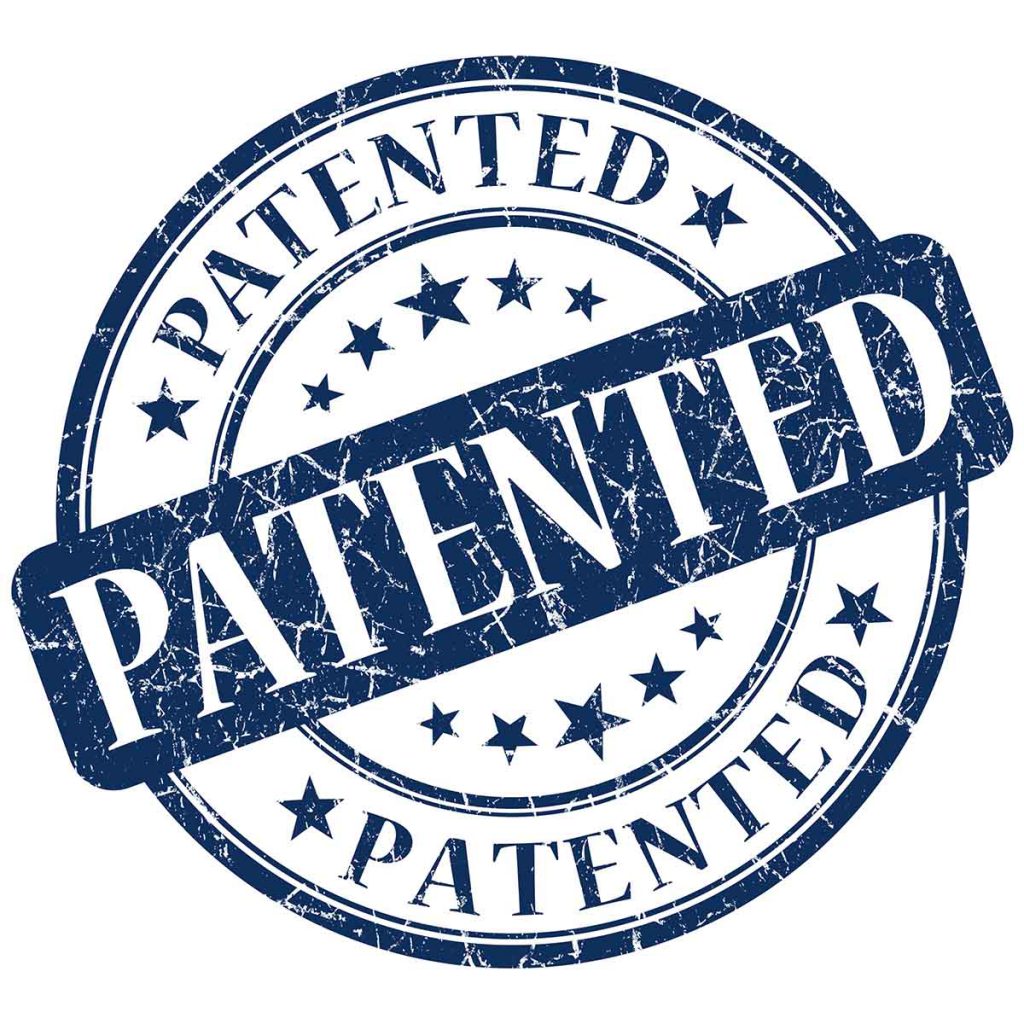Any new inventor looking to patent their innovation must take proper measures to ensure that the exact replication of their invention isn’t already patented. This is the first step in moving forward with the patenting process. Here we will explore several means of obtaining information that will help new inventors gain some introspect on how to search for a patent and also what to do if they do indeed find their exact invention already patented. The Internet: Tried and True
The United States Patent and Trademark Office’s website offers an excellent tutorial on conducting a patent search. The online tutorial contains a 38 minute step-by-step guide explained in easy to understand terms. Topics such as patentability of inventions, keyword searches and types of patents are discussed. In addition, this particular website contains a treasure trove of information for the new inventor. Any new inventor can easily learn the ins and outs of the patenting process by exploring this site.
Another method for conducting a patent search is to simply use a search engine, such as Google or Bing. An inventor can type in a description of their invention and see what is returned.
No Internet? No Problem!
Not everyone has access to an Internet connection or may be as savvy as some on the computer. An experienced patent agent, such as Lonestar Patent Services, can help a new inventor gain some insight into what may already exist in the patent arena. Patent agents have lots of experience in this department and are also required to pass the same Patent Bar Exam as a patent lawyer.
So You Found Your Invention Online. What Now?
Many may think this is the end of the road and give up. This is not necessarily so. How often do we head into a department store and see several clocks for sale? Each one of these clocks may have the same function; i.e. telling time. But what makes each one different to make it necessary to have a separate patent? Some may have a digital output. Others may be your traditional alarm clock, while others may project the time on the ceiling.
Several things a new inventor has to ask himself after finding the same invention are the following:
- Can my invention be slightly changed without altering its integrity?
- How many similar inventions are already patented?
- What types of patents exist for each similar invention? Are they 1 year Provisional Patents or are they 20 year Utility Patents?
Again, a good patent agent will help an inventor navigate through these waters. Most new inventors choose to apply for a one year Provisional Patent. The beauty of this type of patent is that if it is discovered that a similar invention is already patented, a manufacturer has the option to change the invention to make it a bit more unique. This is also a good way for inventors to test the waters to see what interest their invention may stir up.
A Utility Patent is a 20 year patent which maintains that the invention is ‘set in stone’. This means that no part of the invention may be changed or altered.
A good patent search is an integral first step in the patenting process. By conducting an online search or seeking help from an experienced patent agent, an inventor opens the doors to the beginning of the patent process. By researching a patent, an inventor not only gains knowledge of what is already patented, but also takes the first steps in what could be a very fruitful journey.


